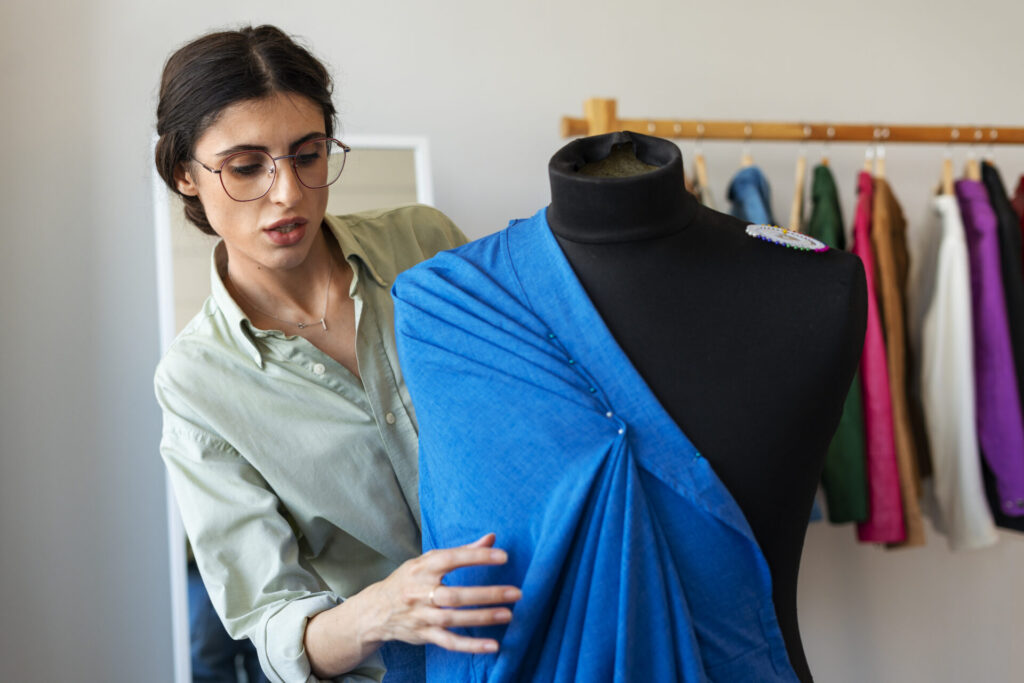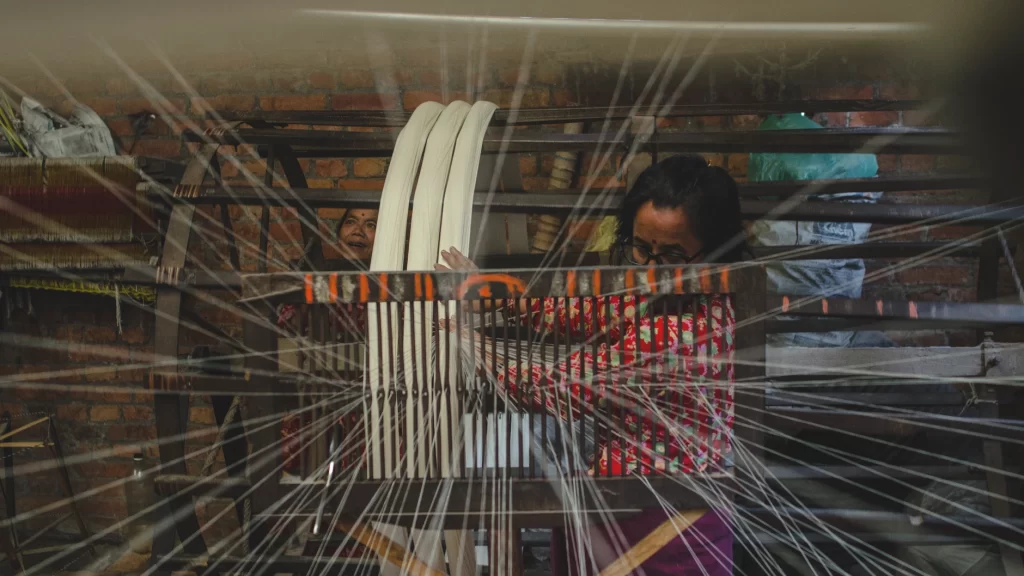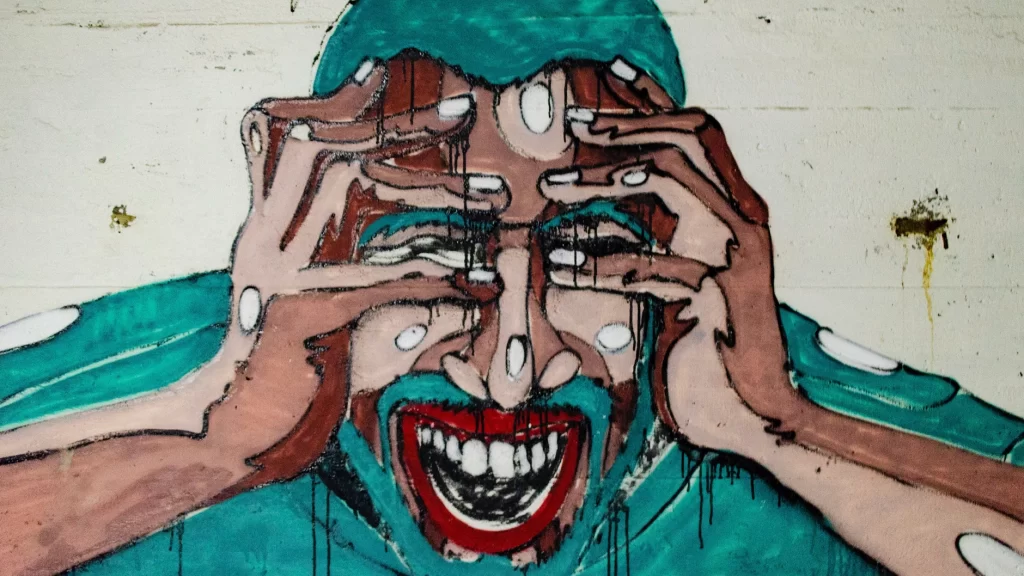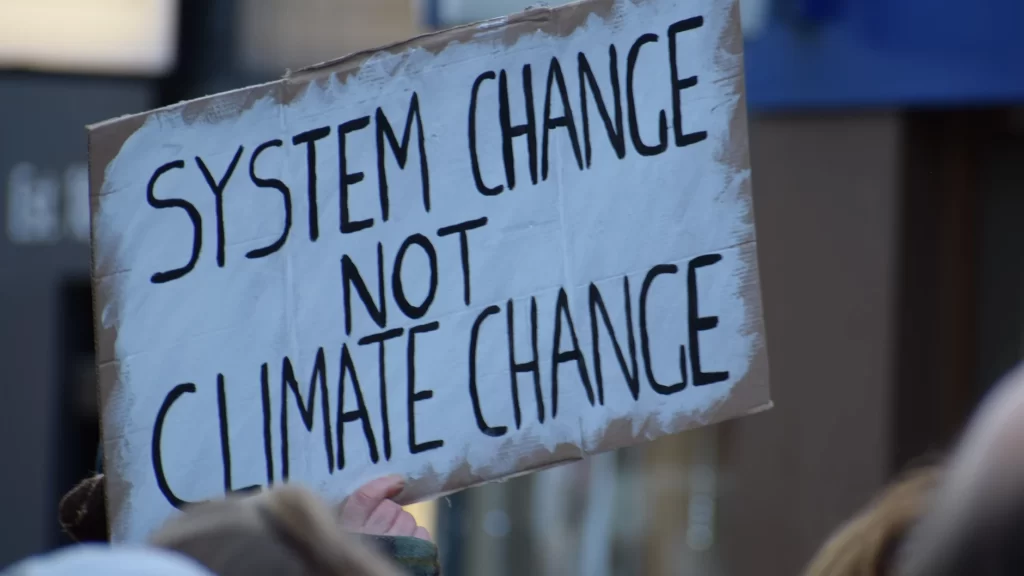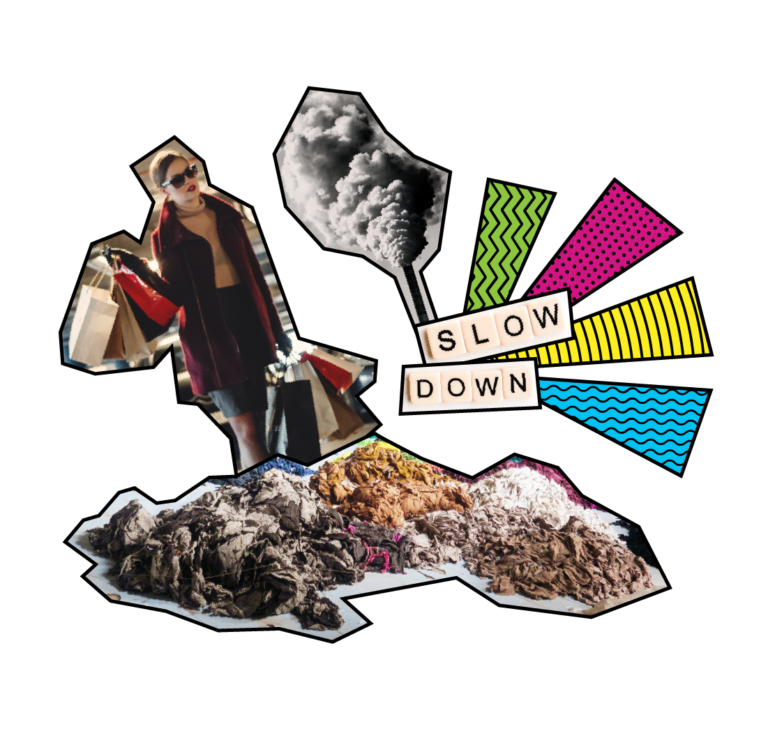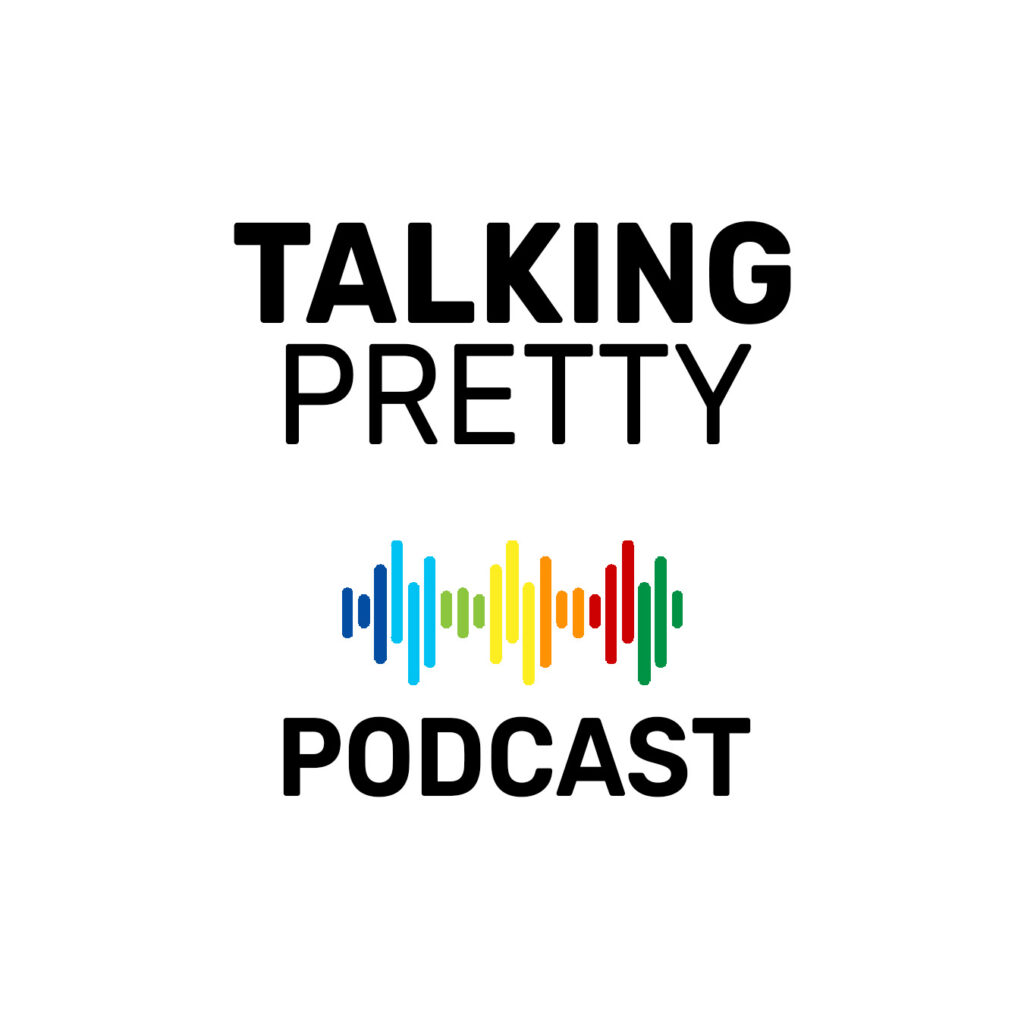We’ve been conned! Hear this:
- Less than one per cent of everything sent in for recycling is actually recycled. The rest is actually landfilled, and in the case of textiles, can end up anywhere, from the Atacama Desert in Chile and the Gulf of Accra in Ghana, to our very own Panipat.
- About 70 per cent of most ‘recycled’ textiles is actually virgin textile.
Long story, short, recycling may well be the biggest scam of the century. And I don’t say this lightly. How often have you turned over that ‘eco-friendly’ packaging to find the word ‘recyclable’ on it? Note how it says that the materials are ‘recyclable’ and not ‘recycled’. The manufacturers have done their job. They’ve told you that you can recycle this product. It’s now up to you to figure out how. The ball is, once again, in your court. All the best!

While modern civilisation is still trying—or not really—to get its act together, with regards to reusing resources and making new with waste, the crafts sector has had this art down pat for at least a couple of centuries now. Crafts like the Kantha from West Bengal, Sujani from Bihar and Kasuti from Karnataka combine old, worn-out saris to create the base fabric as well as prepare the yarn used for embroidery. Then, there are crafts like Namda from Kashmir that use poor quality wool, which cannot be used to create clothing, to make durries and other furnishings.
And then, there are a handful of designers and brands, who have been working with various traditional techniques, including spinning on a charkha to create yarn using waste, to help restore heirlooms as well as create new products. These crafts are very much alive, but patronage is a major issue, with most consumers opting for more accessible and affordable fashion.
A couple of months ago, I had the privilege of being one of the chairs on a roundtable on Craft and the Upcycling Economy, organised by Fashion Revolution India at the Kula Conclave in Goa. Designers, academicians, revivalists, brand owners, upcyclers, and other stakeholders and ecosystem actors came together to discuss the advantages of upcycling, its challenges, how crafts play into it, and its unequivocal position in a sustainable fashion economy.
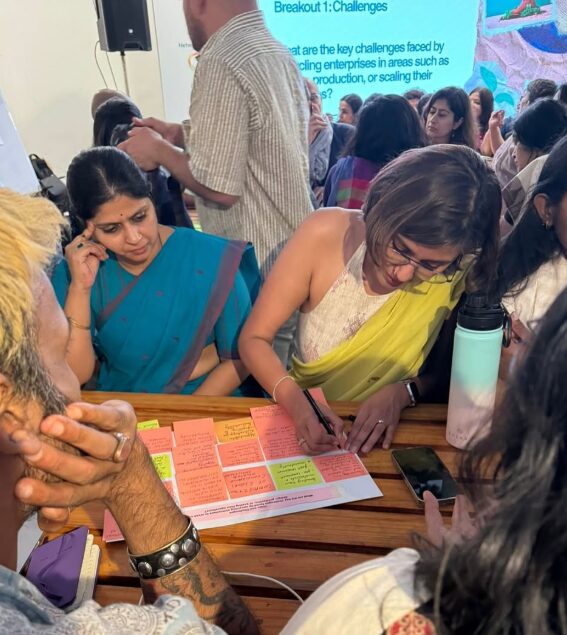
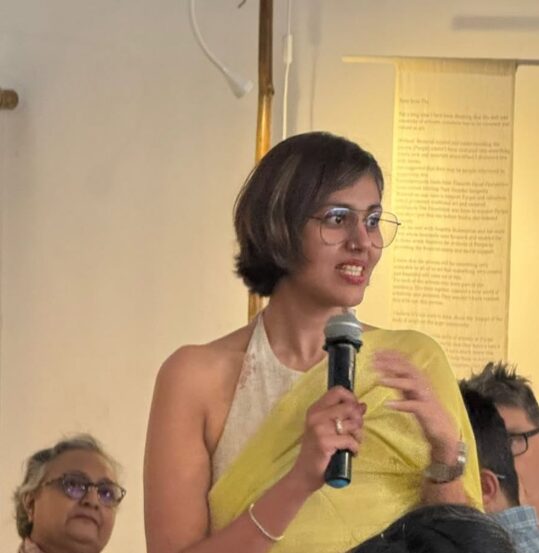
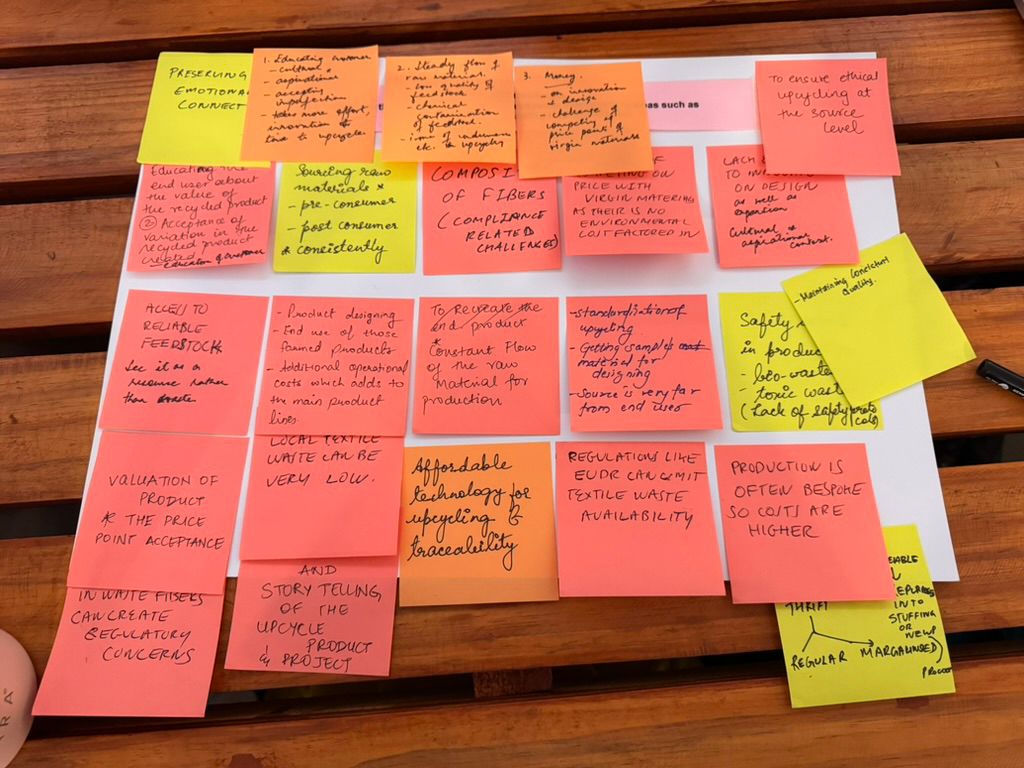
Here are some of the takeaways and what you, as consumers need to know about upcycling, to take more informed, mindful decisions.
Upcycling is a form of storytelling
Upcycled products are much more than the sum total of the materials, colours and techniques used, and the category of product. They are a way of preserving emotional connect with an item you may not use or may have become unusable from age, in its original form. Upcycling can give you and your original product another chance.
Upcycling reduces waste by valuing it as a resource
Upcycling uses very little to no virgin material, minimising impact on planetary resources as well as keeping stuff out of landfill. It is also largely a manual and/or mechanical process that does not involve chemicals, thereby lowering pollution, too. There are often additional operational costs, because everything has to be done manually with limited mechanical support, and because virgin materials are typically cheaper to work with, but their real cost, to the planet, is inordinately high. Fast fashion is killing the planet and, in the long term, that’s just poor business.
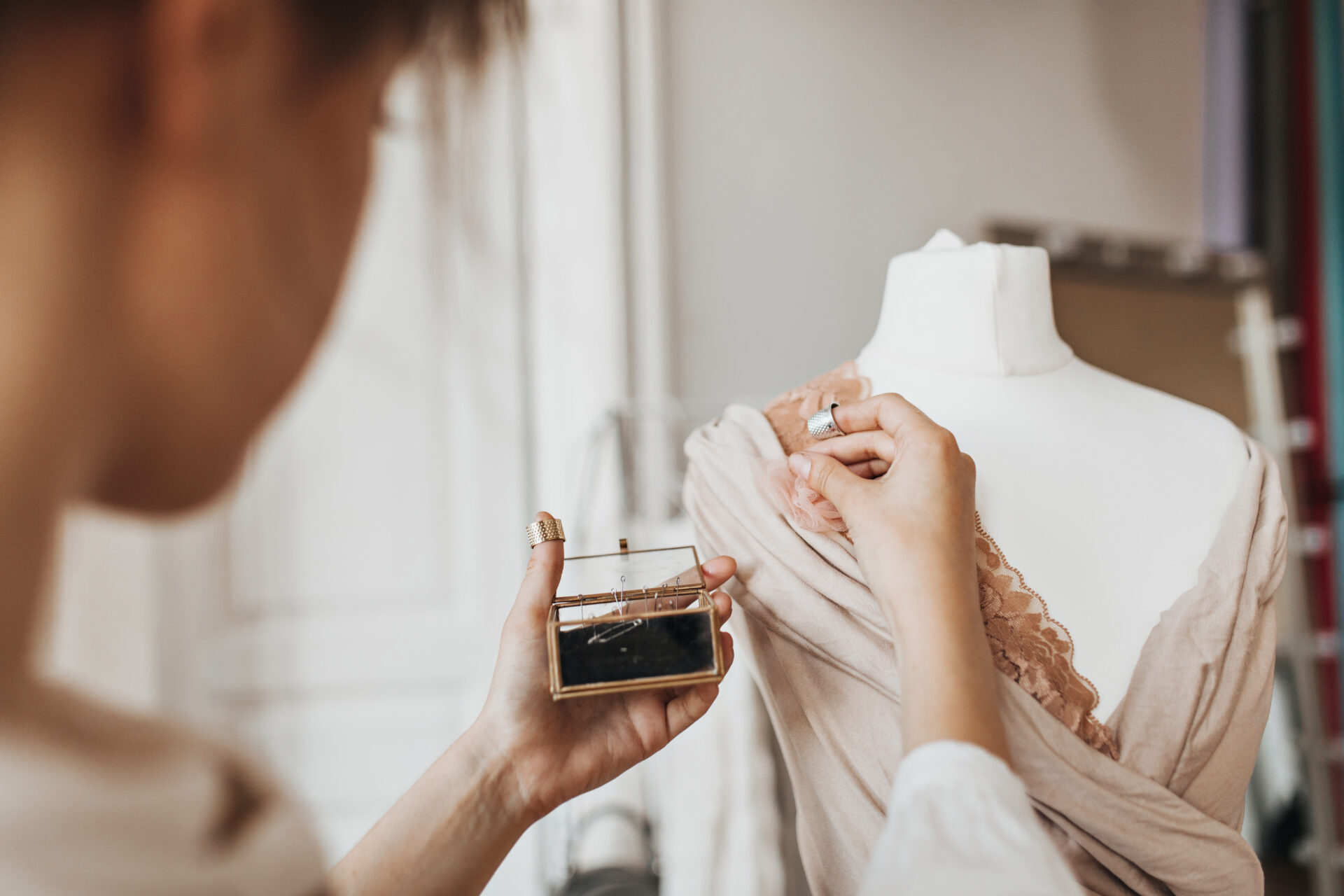
There will be imperfections in the final product
Standard quality checks do not apply to upcycled products, since there is no scope for sampling, nor is there any uniformity in the sourced materials. Unless you’re upcycling something you already own, a steady flow of pre- and post-consumer waste, which can be used as feedstock, is difficult to establish. There is also no way to ensure the composition of fibres. Moreover, compliances and regulations can also limit feedstock availability. There is also a lack of technological support for upcyclers. As a result, there is a constant need to improvise and innovate. So there may be an odd knot somewhere because the artisan ran out of a certain kind of yarn and needed to switch. Or there may be a difference in colour, for the same reason. These are not flaws but a testament to the artisan’s ability to innovate and create in the face of such challenges.
Upcycling is luxury
The process of upcycling takes times, effort and innovation. Many of the techniques used in upcycling have evolved over centuries and have strong cultural ties, making the process invaluable. Each item is unique, since the raw materials are sourced and not specially produced. The production is usually bespoke, and no two items, even from the same lot, are likely to be the same. And that is true luxury: Owning a product that is all yours!

